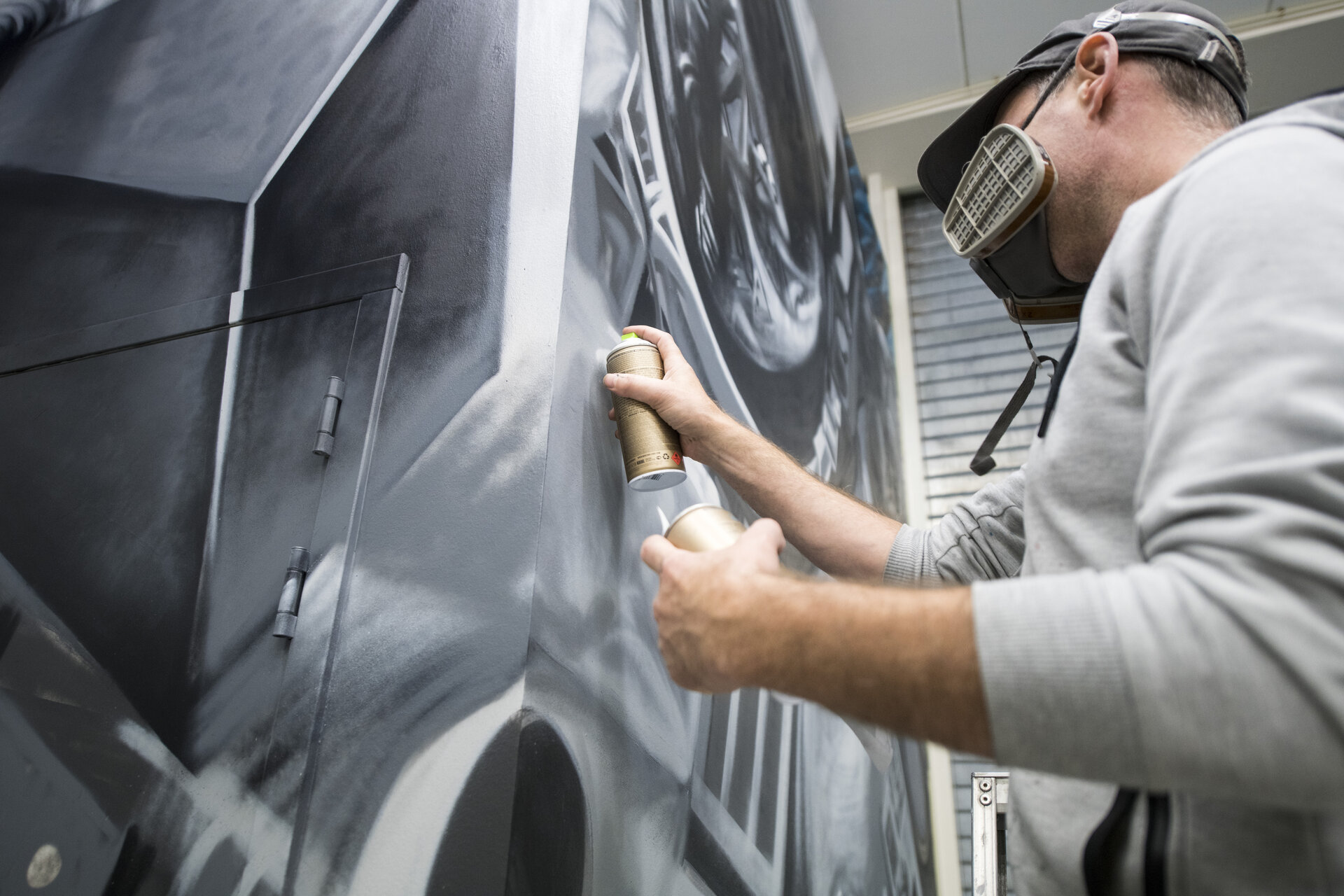Accept all cookies Accept only essential cookies See our Cookie Notice

About ESA
The European Space Agency (ESA) is Europe’s gateway to space. Its mission is to shape the development of Europe’s space capability and ensure that investment in space continues to deliver benefits to the citizens of Europe and the world.
Highlights
ESA - United space in Europe
This is ESA ESA facts Member States & Cooperating States Funding Director General Top management For Member State Delegations European vision European Space Policy ESA & EU Space Councils Responsibility & Sustainability Annual Report Calendar of meetings Corporate newsEstablishments & sites
ESA Headquarters ESA ESTEC ESA ESOC ESA ESRIN ESA EAC ESA ESAC Europe's Spaceport ESA ESEC ESA ECSAT Brussels Office Washington OfficeWorking with ESA
Business with ESA ESA Commercialisation Gateway Law at ESA Careers Cyber resilience at ESA IT at ESA Newsroom Partnerships Merchandising Licence Education Open Space Innovation Platform Integrity and Reporting Administrative Tribunal Health and SafetyMore about ESA
History ESA Historical Archives Exhibitions Publications Art & Culture ESA Merchandise Kids Diversity ESA Brand Centre ESA ChampionsLatest
Space in Member States
Find out more about space activities in our 23 Member States, and understand how ESA works together with their national agencies, institutions and organisations.
Science & Exploration
Exploring our Solar System and unlocking the secrets of the Universe
Go to topicAstronauts
Missions
Juice Euclid Webb Solar Orbiter BepiColombo Gaia ExoMars Cheops Exoplanet missions More missionsActivities
International Space Station Orion service module Gateway Concordia Caves & Pangaea BenefitsLatest
Space Safety
Protecting life and infrastructure on Earth and in orbit
Go to topicAsteroids
Asteroids and Planetary Defence Asteroid danger explained Flyeye telescope: asteroid detection Hera mission: asteroid deflection Near-Earth Object Coordination CentreSpace junk
About space debris Space debris by the numbers Space Environment Report In space refuelling, refurbishing and removingSafety from space
Clean Space ecodesign Zero Debris Technologies Space for Earth Supporting Sustainable DevelopmentApplications
Using space to benefit citizens and meet future challenges on Earth
Go to topicObserving the Earth
Observing the Earth Future EO Copernicus Meteorology Space for our climate Satellite missionsCommercialisation
ESA Commercialisation Gateway Open Space Innovation Platform Business Incubation ESA Space SolutionsLatest
Enabling & Support
Making space accessible and developing the technologies for the future
Go to topicBuilding missions
Space Engineering and Technology Test centre Laboratories Concurrent Design Facility Preparing for the future Shaping the Future Discovery and Preparation Advanced Concepts TeamSpace transportation
Space Transportation Ariane Vega Space Rider Future space transportation Boost! Europe's Spaceport Launches from Europe's Spaceport from 2012Latest

Antenna artwork
Thank you for liking
You have already liked this page, you can only like it once!
The winner of ESA’s ‘Graffiti without Gravity’ street art competition has left a permanent mark on the Agency’s technical heart, with this mural on the wall next to ESA’s Compact Antenna Test Range.
Irish street artist Shane Sutton won the Graffiti without Gravity competition in May. Jointly organised by ESA and the Hague Street Art, 10 top street artists from across Europe competed together against the clock to create artworks across 2x2 m canvases.
Then, as a result, ESA’s antenna testing team invited Shane to decorate the entrance to their Compact Antenna Test Range (CATR), used to test satellite antennas in space-like conditions.
“This gave me more than six times bigger than the competition canvas to work with,” says Shane. “And the wall incorporates a corner, so I included related images on each side. It’s fun to paint such a large work – for me it’s all about giving things a go.”
It took Shane two and a half days to finish – and you can watch the entire process here in this time-lapse video.
The mural shows an astronaut in contact with ESA’s Rosetta mission like someone holding a puppet on string, representing the use of antennas – essential to link space missions with their home world. Its background shows the ‘anechoic’ foam spikes that line the walls of the CATR, serving to absorb radio signals and reproduce the boundless void of space.
“I’ve been interested in space as a subject anyway, well before Graffiti without Gravity,” explains Shane. “My first big artwork was inspired by a trip to Munich Airport, where I saw a sculpture of an astronaut hanging out of the roof.
“For what I call my ‘Spacer’ paintings I like to use the narrative of ‘that space in between’ – which I describe as the place after you leave but before you get there. It’s somewhere we all go at some point and I like to represent this through faceless astronaut paintings.
“Things have taken off as my work was retweeted by various people, including astronaut Chris Hadfield, and I’ve been commissioned for artworks by various companies.
“The idea for the artwork gets sketched out first, then I scale it up for the space using a grid, adding different colours to the various blocks as I go, with pure white coming last.”
“We commissioned Shane after seeing the competition,” comments ESA antenna engineer Luis Rolo. “Our idea was to make an artistic connection with the hi-tech activities we carry out.”
“We do a lot of exciting work here in the facility with a lot of different people, from ESA projects as well as outside customers,” adds ESA antenna engineer Eric van der Houwen. “This new artwork gives us a more stimulating environment that reflects that excitement, ripe for innovation and discovery.”
The CATR is one of several ESA antenna test facilities, including its ‘big brother’ HERTZ chamber used for full-size satellite testing in cleanroom conditions.
-
CREDIT
ESA–G. Porter -
LICENCE
ESA Standard Licence

'Spacer corner' artwork beside CATR

ESA antenna chamber gains graffiti artwork

Graffiti without gravity

Shane Sutton art















 Germany
Germany
 Austria
Austria
 Belgium
Belgium
 Denmark
Denmark
 Spain
Spain
 Estonia
Estonia
 Finland
Finland
 France
France
 Greece
Greece
 Hungary
Hungary
 Ireland
Ireland
 Italy
Italy
 Luxembourg
Luxembourg
 Norway
Norway
 The Netherlands
The Netherlands
 Poland
Poland
 Portugal
Portugal
 Czechia
Czechia
 Romania
Romania
 United Kingdom
United Kingdom
 Slovenia
Slovenia
 Sweden
Sweden
 Switzerland
Switzerland

























